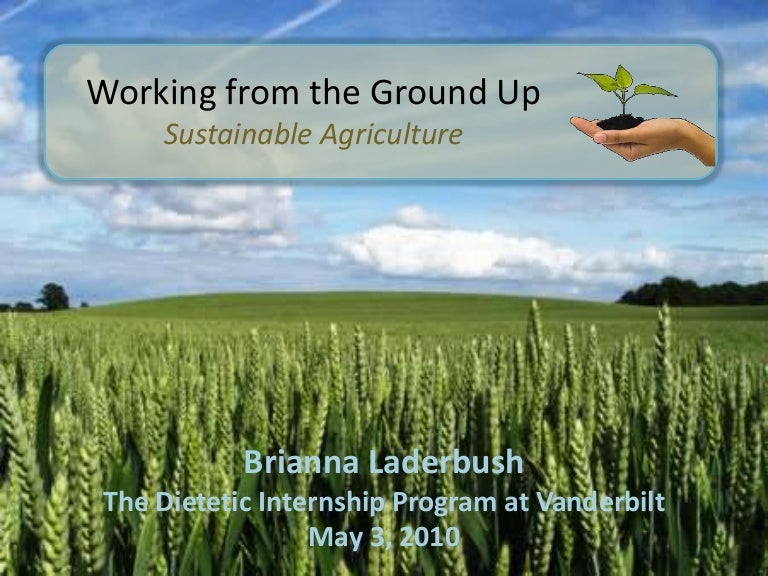Some Known Incorrect Statements About Maximizing Crop Yield with Soilless Farming Methods

Vertical Farming versus Traditional Agriculture: Which is Far better For Soilless Farming?
As the requirement for food items carries on to expand, so carries out the necessity for cutting-edge and sustainable ranch techniques. One of the most recent fads in farming is vertical ranch, a soilless farming method that entails growing crops in up and down stacked layers utilizing synthetic illumination and temperature control. But how does this review to standard farming when it comes to soilless farming? Let’s take a closer look.
Vertical Farming
Upright farming has gained popularity in latest years due to its capacity to produce high-quality crops without the use of ground. This innovation utilizes hydroponics or aeroponics, where vegetations are grown in nutrient-rich water or sky instead of ground. The vegetations are piled on top of each other in coatings, allowing for optimal make use of of area and decreasing the need for land.

One considerable advantage of vertical ranch is its ability to control environmental aspects such as temperature level, moisture, and lightweight strength. The controlled environment guarantees ideal growth health conditions for plants which leads in greater yields and faster produce opportunities reviewed to typical horticulture.
In addition, upright ranches do not call for pesticides or weed killers since bug can easilynot get in the closed environment. This leads in safer and much healthier produce which may additionally possess a longer rack lifestyle.
Traditional Agriculture
Standard farming entails growing plants straight in the ground making use of ground as a increasing tool. While it has been engaged in for centuries, this strategy has several drawbacks when it comes to soilless ranch.
One primary drawback is that typical agriculture counts greatly on climate patterns which can be unpredictable at times. Excessive weather problems such as droughts or floods can badly ruin crops leading in lesser returns.
Also, standard farming needs huge amounts of water which can easily be rare in some locations leading to water depletion over time. This technique also calls for fertilizers which may destroy grounds by changing their chemical composition over opportunity leading to inadequate returns and plant premium.
Which Is Far better For Soilless Ranch?
When it comes to soilless farming, upright farming has actually many perks over standard horticulture. With vertical farming, plants can easily be grown year-round in a controlled environment along with optimum growth health conditions resulting in much higher yields and faster produce opportunities. Additionally, this procedure does not need large amounts of land or water which produces it perfect for city locations where room is limited.
Nevertheless, the preliminary price of setting up a vertical farm can be high due to the need for specialized equipment and locations. a to z gardening may also be costly due to the need for synthetic lighting and temperature management bodies.
Traditional agriculture still has its place in soilless ranch but calls for even more effort and information to preserve optimal returns. While it may not be as effective as vertical farming, standard horticulture is still vital for making crops on a large scale.
Verdict
Upright ranch uses many perks over traditional horticulture when it comes to soilless farming. This cutting-edge approach enables farmers to produce high-quality crops year-round without counting on weather designs or big amounts of property and water. Having said that, the preliminary configuration expense can be substantial matched up to typical agriculture.
In conclusion, both strategies have their pros and drawbacks but inevitably serve different reasons in the farming industry. It’s up to farmers and real estate investors to choose which technique best suits their demands located on their particular instances and targets.
